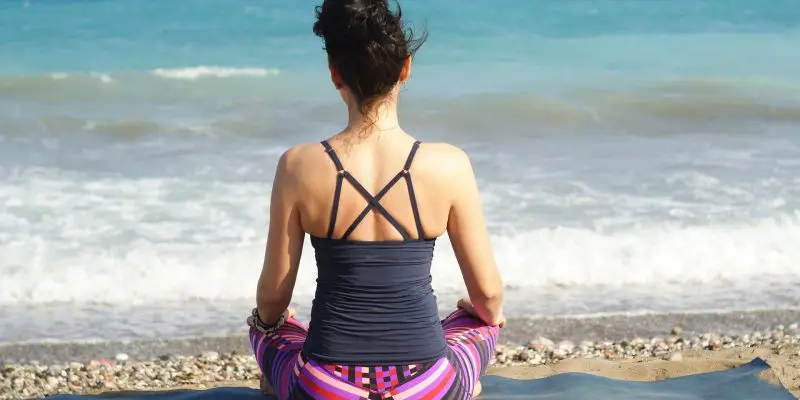One of the biggest misconceptions about meditation is that your mind has to be completely clear. The more you meditate, though, the more you come to realize that you can’t actually clear the mind of thoughts, feelings, and distractions. The goal of meditation, then, is to simply let the thoughts run free.
[Read more…] about Monday Meditation: Let the Thoughts Run FreeWhat is the Principle of Satya?
The last time we waded in the waters of yoga philosophy, we had a look at ahimsa. However, there are other yamas–or universal practices–worth diving into. The second yama, for example, is called satya or “truth.” But what is the principle of satya?
[Read more…] about What is the Principle of Satya?Monday Meditation: How To Do Hummingbee Breath
By now, you may already be familiar with breathing techniques like sama vrtti and ujjayi pranayama. However, if you haven’t heard of hummingbee breath or bhramari pranayama, then consider including it in your meditation practice.
[Read more…] about Monday Meditation: How To Do Hummingbee BreathMindfulness Techniques for Children Who Suffer from Anxiety
Your child may be suffering from anxiety, but may not have the tools to express their feelings and cope during times of distress. Below are a few mindfulness techniques for children who suffer from anxiety.
[Read more…] about Mindfulness Techniques for Children Who Suffer from AnxietyMonday Meditation: Ujjayi Pranayama
If you’re in need of an energy boost, ujjayi pranayama—otherwise known as victorious breath—can help uplift your mood and leave you feeling revitalize. It’s a type of breath technique that naturally stimulates and heats your body, so it’s especially ideal for keeping warm in cold weather.
[Read more…] about Monday Meditation: Ujjayi PranayamaDe-Mystifying Mindfulness: Make Mindfulness Real in Your Life
By now, we can all agree that mindfulness is a good thing and that it can help you live a better life. But for many, the practical aspect of mindfulness seems to be elusive. What exactly is it, or rather, how do you make mindfulness real in your life?
[Read more…] about De-Mystifying Mindfulness: Make Mindfulness Real in Your Life








